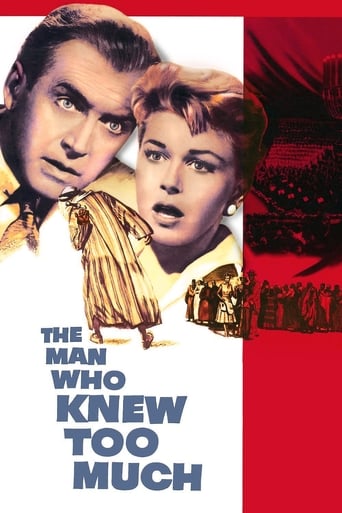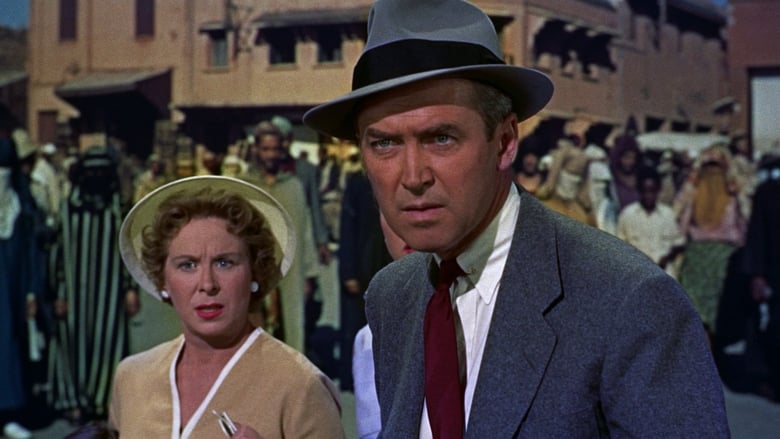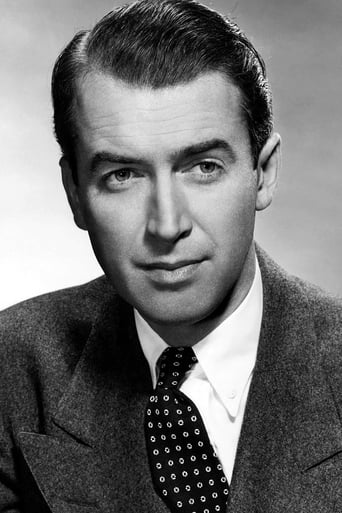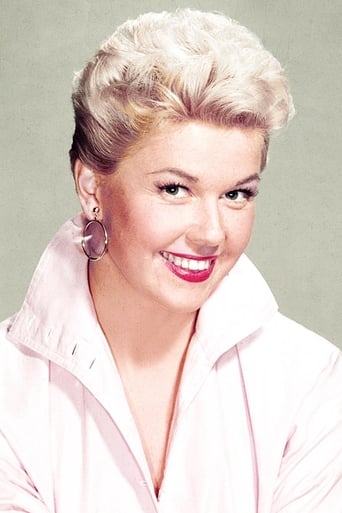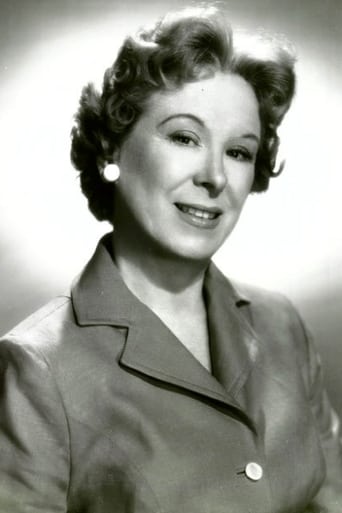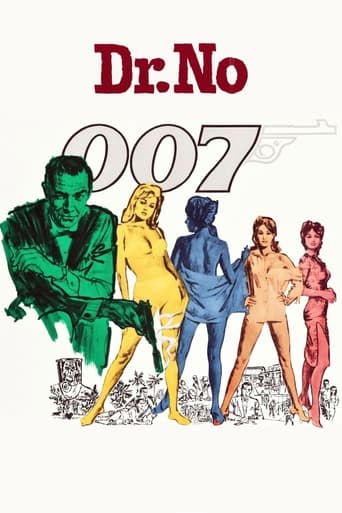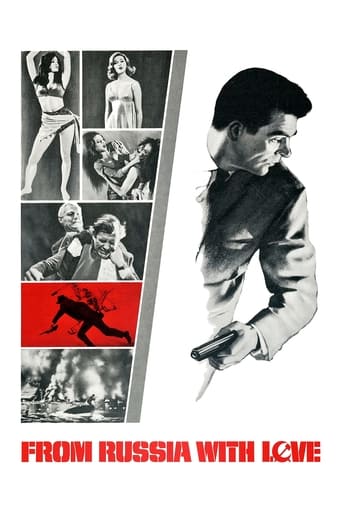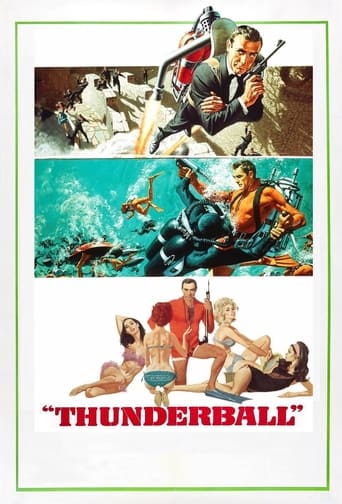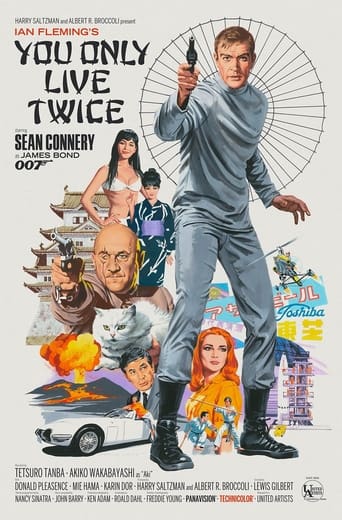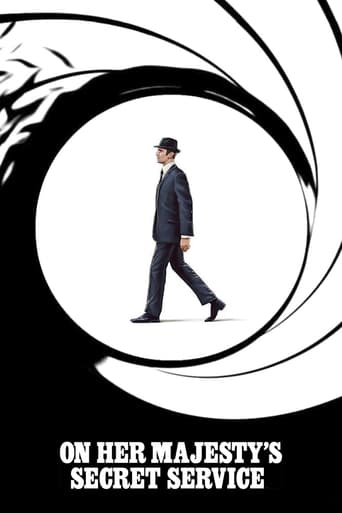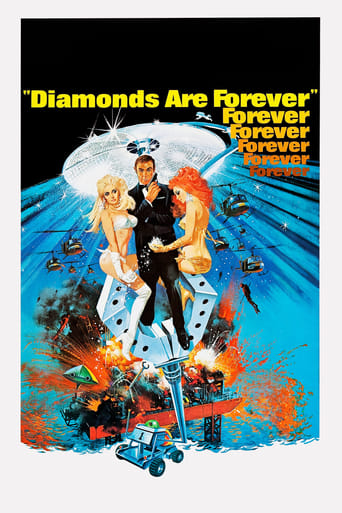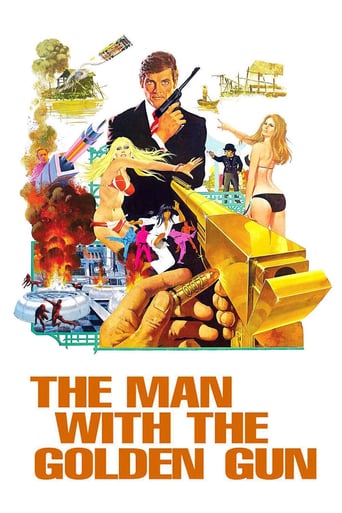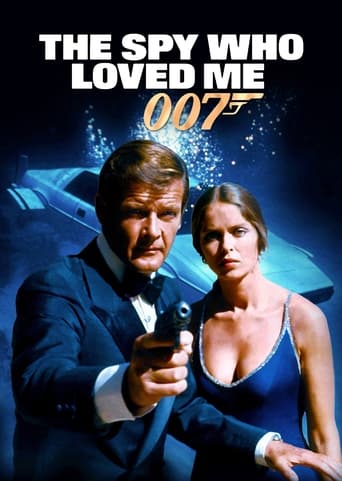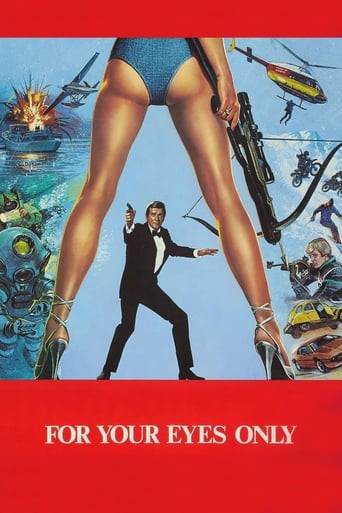The Man Who Knew Too Much (1956)
A couple vacationing in Morocco with their young son accidentally stumble upon an assassination plot. When the child is kidnapped to ensure their silence, they have to take matters into their own hands to save him.
Watch Trailer
Cast


Similar titles
Reviews
It's well known that Alfred Hitchcock had a penchant for casting icy blondes as his leading ladies, but it's often forgotten Doris Day was once one of them. In The Man Who Knew Too Much, the pronunciation of which was forever immortalized by Robert Osbourne, she's married to James Stewart, another of Hitchcock's favorites. In a rare dramatic turn, Doris shows her hidden talents. There's a famous and heart-wrenching scene that's nearly impossible to watch without a tissue handy. Doris and Jimmy's son has been kidnapped, and Doris is having a meltdown. James injects her with a sedative because he's a doctor and believes that's the best way to help her, and she hysterically cries until she passes out. While Doris usually gets all the acting praise from this movie, it's probably because everyone expects James Stewart to be great in a Hitchcock film. But let's not forget he was the other actor in that difficult scene, watching and deciding how to help his wife. He's wonderful in this movie, but if you know and love him like the rest of the country, it's not really a surprise.The Man Who Knew Too Much isn't the most famous Alfred Hitchcock movie out there, but it's absolutely worth watching. It has Doris's quintessential song "Que Sera Sera" and she also credits it with spawning her lifelong devotion to animals. Plus, it's pretty suspenseful, a necessity in a Hitchcock movie. There are exotic locations, good-looking leading actors, murder, and intrigue. What else do you want?
Was that how husbands treated their wives in the 1950's? This tells the story of an American couple on holidays in Marrakesh. The family stumbles an international conspiracy ring involving multiple murders. What disturbed me was how Ben handles the kidnapping of his son by first keeping it from his wife and then bullying her to take pills before telling her what happened. It's like he doesn't trust her to remain calm. He has no respect for her career and seems at times annoyed at the fact that she even had a life before Mrs McKenna and doesn't seem the least bit interested in moving to New York to help her promote her career. It's like she's expected to bow down to his will and be happy with that. Even though Jo does prove resourceful in discovering the location where her son is being held captive.Not one of my favourite Hitchcock movies but worth a watch.
In the fifties, Alfred Hitchcock decided unwisely to remake this film in colour, with unlikely and ineffective lead actors, but it is nowhere near as good as his original film THE MAN WHO KNEW TOO MUCH (1934, see my review). The female lead is, of all people, Doris Day. And the male lead is drawling, yokelish James Stewart. Perhaps the bosses at Paramount exerted a nefarious influence, or perhaps Hitchcock went temporarily mad, in deciding upon this casting. Although the film does contain numerous excellent 'Hitchcock moments' and 'Hitchcock touches', the film itself is a failure because of all the other things wrong with it, not least suddenly turning into a musical from time to time. Having Doris Day repeatedly performing her famous song 'Que Sera Sera' in the film with her voice loud enough to shatter a glass, in the mist of a supposed suspense film, is so nonsensical and ludicrous that one despairs. Perhaps it had been demanded by her in her contract. The story this time does not start, as in the earlier film, in St. Moritz in Switzerland, but instead in Morocco. Stewart and Day, together with their young son, are on a tourist bus to Marrakesh. They are intentionally portrayed as being 'as American as apple pie', innocents abroad in fact (as Mark Twain would say). The little boy, though mercifully not chewing bubblegum, looks outside and says: 'Oh look, a camel.' But as we later learn that they have already been in Casablanca, they would have seen plenty before this one. These innocents abroad are befriended on the bus by a Frenchman who, it turns out, speaks fluent Arabic and is familiar with the area. Later in the simulated Marrakesh marketplace, the innocents abroad are puzzled by a police chase. A man in Arab clothes is running but has been stabbed in the back, and he staggers towards Doris Day and collapses. James Stewart holds him and his fingers rub against the man's face and brown makeup comes off on his fingers, leaving a streaked face, showing that the man was only disguised as an Arab and is in fact the Frenchman from the bus. (This is one of Hitchcock's famous 'images', out of which he built his films. He would think of a streaked face first and then construct a story around it. His instinct was always to go for images which were visually shocking and find explanations for them later.) The man whispers something in Stewart's ear and dies. Stewart jots it down in a notebook. (There is no message hidden in a shaving brush this time, as was the case in the 1934 film.) Day and Stewart had earlier been befriended at their hotel by a British couple named the Draytons, played by Bernard Miles and Brenda de Banzie. They have been accepted by Day and Stewart as a sweet and friendly couple, so they entrust Mrs. Drayton to take their son back to the hotel while they go off to make a statement to the police. But the Draytons are not what they seem. They are in fact sinister baddies masquerading as a sweet British couple. They kidnap the boy and disappear, fleeing the country for London. (This is the fifties, before all the identity checks.) The finest performance in the film is by Brenda de Banzie as Lucy Drayton. She makes a tremendously effective villainess. This leaves Stewart only with the secret message of the dying man to guide him, suggesting he 'see Ambrose Chappell' in London. So he and his wife rush off to London and look in the phone book where there is an Ambrose Chappell listed at Burdett Street in Camden Town, who turns out to be a taxidermist, providing some comic scenes with stuffed animals, but he is a false lead. They then discover that there is an Ambrose Chapel which is a religious chapel, not a person, and so they investigate that. It turns out to be where the 'Draytons' are holed up with the kidnapped son, with Mr. Drayton acting as a preacher for a strange religious sect, and he and his wife live in the adjoining house. One thing leads to another, as Hitchcock might say. The Royal Albert Hall as a location for a plan to assassinate a foreign prime minister remains the same as the plot of the earlier film version. The British filming was actually done on location, unlike the Moroccan filming. Hitchcock always liked any opportunity to film his beloved London. The man who died in Marrakesh asked Stewart to try and prevent the assassination. But how is he to do this? It is about to happen at any moment, and he is more concerned with saving his son from the kidnappers. Will the son be saved? Will the assassination be prevented? If only the suspense of this film had been undiluted, as in the original. But no, we have Doris Day singing 'Que Sera Sera' again, accompanying herself on the piano, and although this is ingeniously woven into the fabric of the story which ensues, really somebody has got this all wrong! The one thing which must be said in amelioration is that Doris Day actually does some effective acting in her role, and if only she had left it at that and not tried singing as if she were in a musical, the film would have been less of a nonsense than it is. One must decide whether one is either making a suspense film or one is not, and this time no one could make up his or her mind. So what a sad contrast this Hitchcock effort is with the earlier superb version! The final scene of the film is however a master's ironical touch.
Hitchcock's version of the classic oldie brings us few new things, but also doesn't fall far behind from the original. Story about a family that's being dragged into an assassination plot in Mexico that goes terribly wrong is always up-to-date, especially when mixed with a mysterious dash of Orient. Stewart and Day do their work in a correct manner, and so does the great Alfred behind the cameras. Ending will go on to be a little bit tacky, but that is expected since this is after all a movie for the entire family. The man who knew too much" is an average oldie which means it is a decent movie overall.

